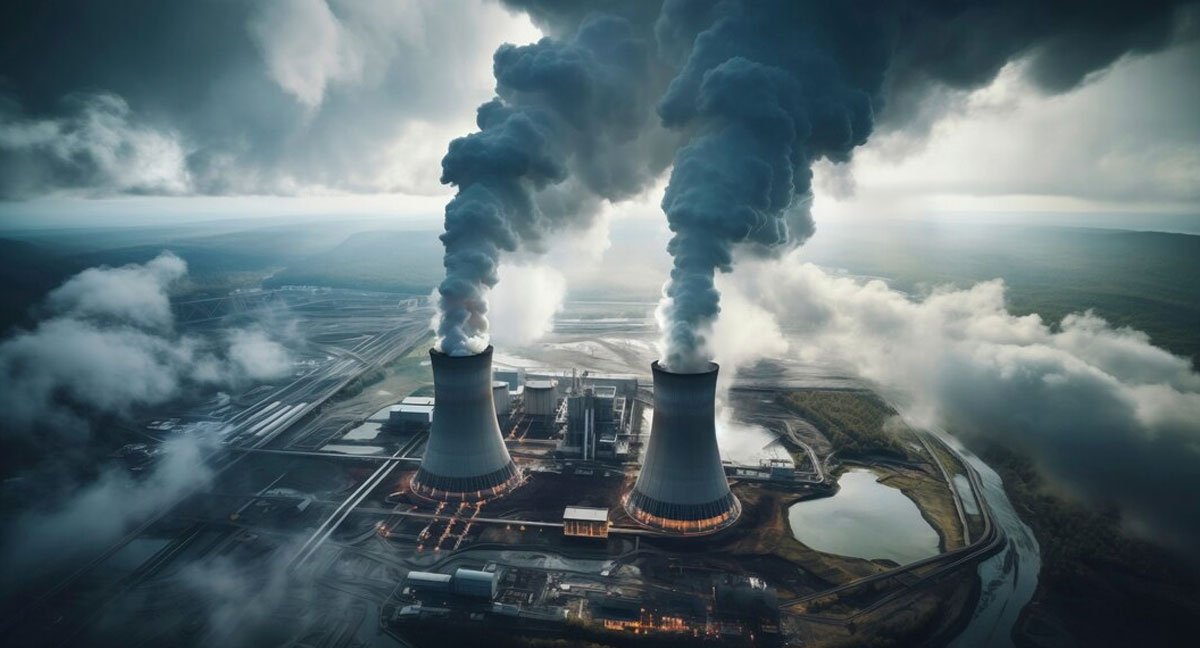The world is moving toward sustainable energy, and Australia is no exception. With growing concerns about climate change, the country seeks ways to lower its environmental impact. The need for cleaner energy sources is more pressing than ever. Australia is actively exploring methods to reduce its carbon footprint and move toward a more sustainable future.
One promising approach involves adopting sustainable gas solutions. Gas in Australia offers both environmental and economic benefits in this transition. It helps reduce emissions while providing reliable energy supplies. The country can make significant progress toward its climate goals by focusing on cleaner alternatives.
The Importance of Sustainable Energy in Australia
Australia is known for its plentiful natural resources, which have long powered its economy. However, traditional energy sources, such as coal and oil, contribute significantly to greenhouse emissions, prompting a need for change. As the world shifts its centre to renewable energy, They must seek alternatives that align with global sustainability goals.
Sustainable solutions help reduce emissions and support the country’s goal of attaining net-zero carbon emissions by 2050. Diversifying its sources can create a more resilient energy sector that can withstand future challenges, including global shortages and climate impacts.
Sustainable Gas: A Bridge to the Future
In the transition to cleaner energy, sustainable solutions play a vital role as a bridge between traditional fossil fuels and renewable sources like solar and wind. These solutions help reduce emissions while ensuring reliability, a critical factor for industries and households alike.
One of the most promising sustainable solutions is the development of biogas. Biogas is created from organic materials such as agricultural waste, food waste, and sewage. It is a renewable source that can be used instead of conventional natural gas. In addition to reducing methane emissions, biogas can be injected into existing infrastructure, making it a practical solution for reducing Australia’s dependence on fossil fuels.
Another approach is the use of hydrogen gas. When produced from renewable sources, hydrogen is a clean and versatile energy carrier that emits no carbon dioxide when used. Australia’s potential for large-scale hydrogen production could help the country become a leader in sustainable energy exports, providing a clean alternative to traditional fossil fuels.
The Role of Gas in Reducing Emissions
Sustainable solutions have the potential to reduce Australia’s greenhouse emissions significantly. By adopting renewable fuels like biogas and hydrogen, they can lessen their carbon footprint and contribute to global climate targets. In addition to replacing traditional sources, sustainable gas can complement renewable technologies. For instance, they can provide backup power when solar or wind energy production is low, ensuring a stable and reliable supply. This flexibility makes it essential to the transition to a low-carbon energy system. Moreover, it is particularly beneficial in sectors that are difficult to electrify, such as heavy industry and transportation.
Advancements in Sustainable Gas Technologies
Innovations in producing, storing, and distributing renewable fuels make it easier for industries and households to adopt cleaner alternatives. For example, advancements in biogas production technology have made it possible to convert waste materials into energy more efficiently. This reduces emissions and creates a circular economy where waste is transformed into valuable resources.
Similarly, hydrogen production is becoming more viable as new technologies emerge. In the future, hydrogen could power vehicles, heat homes, and fuel industrial processes, contributing to Australia’s clean transition. CCS involves capturing carbon dioxide emissions from gas production and storing them underground, preventing them from entering the atmosphere. By integrating CCS with sustainable fuel production, Australia can further reduce its emissions and meet its climate goals.
Challenges and Opportunities for Australia
While sustainable gas solutions offer numerous benefits, there are also challenges to their widespread adoption. One of the major obstacles is the cost of producing renewable gas, which is currently higher than conventional natural gas. However, as technology develops and economies of scale are achieved, the price will decrease, making sustainable fuel more competitive.
Another challenge is the need for infrastructure upgrades. Australia’s existing network was designed for conventional fuel and may require modifications to accommodate renewable sources such as hydrogen and biogas. These upgrades represent a significant investment but are necessary for the long-term success of sustainable solutions.
Despite these challenges, Australia’s opportunities are vast. The country’s abundant renewable resources, including wind and solar power, provide the perfect foundation for sustainable fuel production. By investing in research and development, they can become a global leader in clean energy, attracting investment and creating jobs in the renewable sectors.
Australia’s path to cleaner energy is clear, and sustainable gas solutions are crucial in the transition. By adopting renewable technologies such as biogas and hydrogen, Gas in Australia can help reduce emissions while maintaining a reliable energy supply. Although challenges remain, the potential benefits of sustainable fuel are immense. With continued innovation and investment, the country can achieve its climate goals and contribute to a sustainable future for generations.

 News3 months ago
News3 months ago
 Health2 years ago
Health2 years ago
 Technology2 years ago
Technology2 years ago
 Celebrity2 years ago
Celebrity2 years ago

















